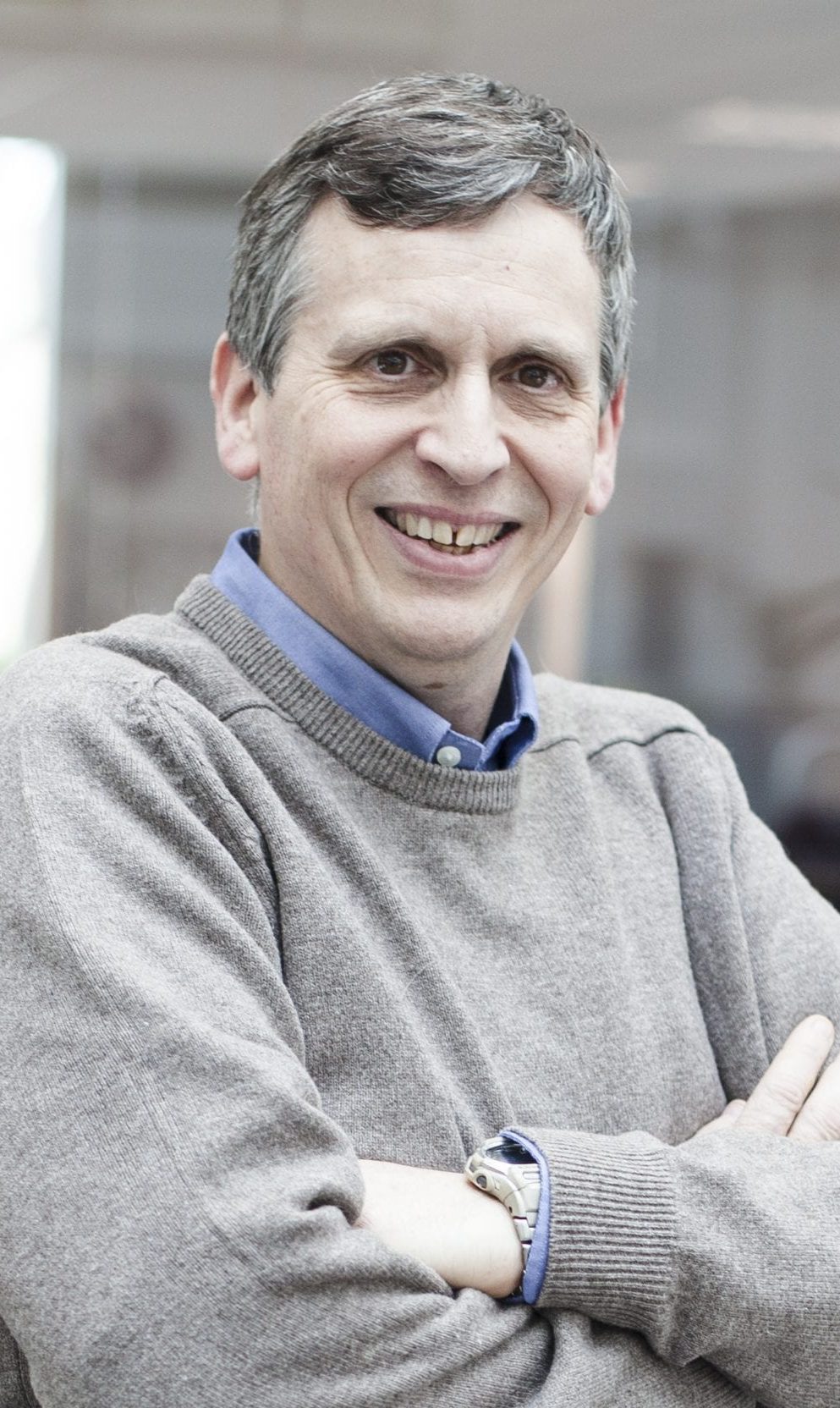I have been cooking with different flavours of AI for much of my career. During my time as Chief Technology Officer at Ocado, we built many applications of AI across our online ecommerce, fulfilment and logistics platforms; for example to manage swarms of robots, optimise van routing, prevent fraud, forecast future product demand and enable voice ordering, to name just a few.
Efficient agriculture
A technologist by trade, I am a firm believer in harnessing the power of technology to tackle the planetary-scale problems we have created for ourselves, including helping our planet heal itself. Historically, the often-hidden externalities of conventional agriculture have been a significant contributor to environmental damage. As well as measuring and reducing these externalities, we also need to explore new ways for turning sunlight into calories and proteins; AI will be an important tool in achieving these outcomes.
The pandemic has reminded us of the importance of maintaining wellness and good health as part of our fight against an infectious virus. Sitting within a wider system of agriculture, healthcare, wellness and sustainability, food has a critically important role to play. It is therefore not surprising that central to the National Food Strategy, is how to grow affordable, delicious, and nutritious food that does not harm us or the environment.
The human element
But it is not just about the technology. People and social science must be front and centre of our vision and planning. We need ways to help new technologies mature quickly, safely and securely; we need spaces where people can be introduced to these technologies to explore topics such as public acceptance, privacy, ethics and trust.
Living Labs are environments that are representative of the real world, but initially more constrained, where these new technologies can be put through their paces with people in the loop. Then as confidence in the technologies increases, these constraints can be relaxed until final the technologies are ready for release into the outside world; rather like children growing up and then finally leaving home. Living labs will be important in exploring new ways to grow our food.
We also need to inspire farmers, growers and stakeholders across the food system with the sense of the possible with regards these technologies. However to drive more widespread uptake, we need to reduce the barriers to their adoption, through things like case studies, templated solutions, consultancy and education.
Cyber-Physical Infrastructure
Digital technologies can help us explore solutions to the challenges and opportunities we face, but our interventions will need to be within the physical world. This is where all manner of robots and smart machines, working in support of humans, can help us build a food system with greater efficiency, scalability, resilience and sustainability.
Where these digital and physical worlds touch lie digital twins – sophisticated mathematical models or simulations of our physical world. These virtual worlds can help us innovate faster, safer and with less cost. In conjunction with AI, they can help us manage complexities and explore optimisations that are beyond human scale; they can create immersive environments for education, training and lifelong learning, with democratised and levelled-up access by anyone from anywhere; they can help us predict the intended and unintended consequences of the levers we will need to pull to transform our food system and many other systems too.
This is horizontal cyber-physical infrastructure that the UK needs to build at a national scale to power many verticals, including agriculture. However to achieve our net zero and sustainable development goals, we will also need this infrastructure at a planetary scale, which is why the concept of an Earth Digital Twin is now in the Zeitgeist.”
Paul Clarke sits on a number of government and industry advisory boards including the AI Council, Robotics Growth Partnership (co-chair), Innovation Expert Group, ISCF Future Flight, ISCF RAI Extreme Environments and the National Food Strategy. He also works in an advisory capacity with a number of exciting start-ups.
If you have any questions about working with CHAP, please send us an email using the enquiries form at the bottom of our homepage.
If you have any questions about becoming a member of CHAP, or would like to reach out to the CHAP team to discuss other project opportunities, please email us at enquiries@chap-solutions.co.uk
Please note, the opinions expressed in this article are the author’s own and do not necessarily reflect the views or opinions of CHAP.












